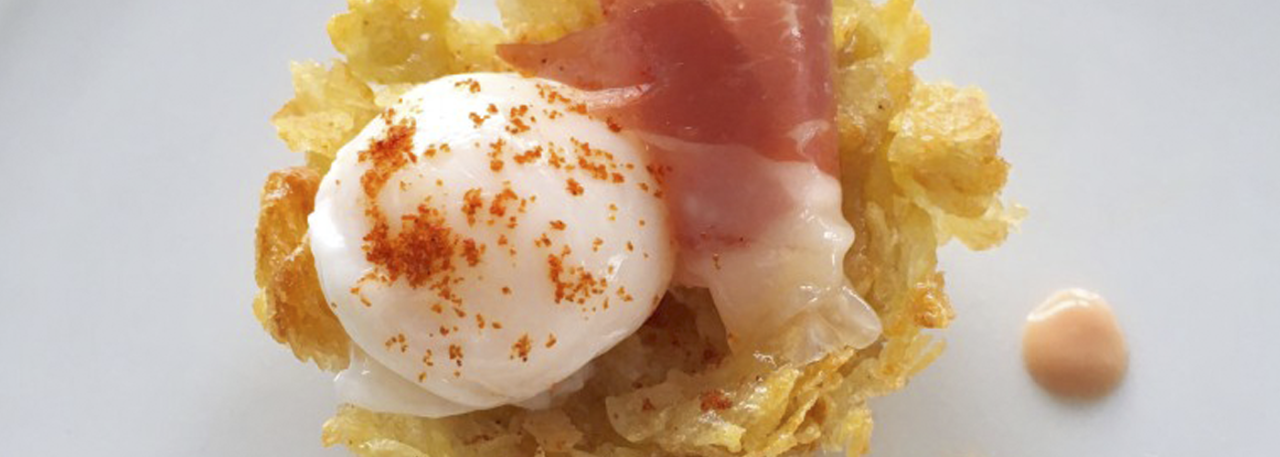Chef's Remark:
I grew up in Venezuela, a country deeply influenced by the Spanish culture and cuisine. Legs of jamón Ibérico were a regular feature in our kitchen. Bakeries were often owned by Spaniards, and I learned to love their baked goods. In 2014, I lived in Madrid for 6 months. It was then that I truly discovered the diversity, simplicity, and deliciousness of Spanish food. I became enamored by the way the Spanish used the best and simplest ingredients to create interesting and original dishes. While living in Spain, I traveled throughout all ends of the country and took cooking lessons. Whenever I had the chance, I would watch Canal Cocina (an amazing Spanish food channel). I learned that you can put almost anything on top of a slice of good glass bread and call it a bocado. I also learned that due to scarcity of food during the civil war, Spaniards incorporated interesting non-perishables into their diets and these have become very important. I came to love things that may be strange to westerners, like beef tripe. The Spanish have a way of elevating ingredients in a simple way.
Preparation by: Lia Adlparvar
.png.transform/rendition-xs/image_image%20(1).png)

